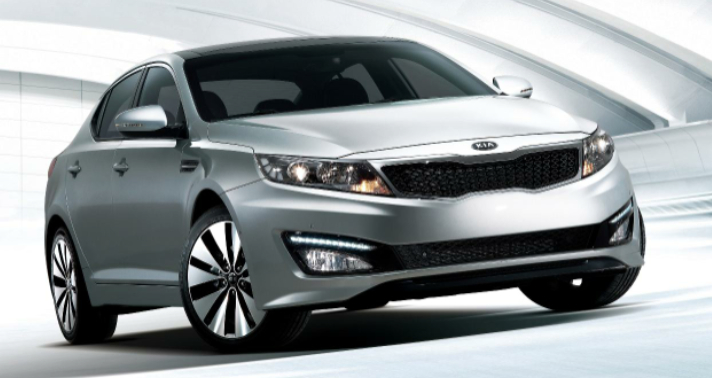For the last few days I’ve been in Seoul learning more about Kia and its plans to compete with mainstream manufacturers in the UK fleet market over the next couple of years.
Since Hyundai rescued Kia Motors from oblivion in 1998, the company has made rapid progress in transforming its product line-up into a range of vehicles that could meet, and perhaps surpass, the expectations of European consumers.
Bear in mind the company was still selling the Kia Pride – based on the Mazda 121 of the late 1980s – in the until 2001, and compare that with the current range, and you get an idea of how much progress has been made.
Indeed, Kia’s first ever four-wheeled car – the Brisa – was launched only in 1974.
Since the introduction of the Ceed in 2007 and its seven-year warranty that was expanded across the whole of the range in 2010, along with products like the Soul and latest Sportage, Kia now appears to be displaying confidence in its ability to produce competitive products.
Next year Kia will tackle the upper-medium sector with a replacement for the Magentis. So far the Magentis has only ever been seen as a high-value alternative to mainstream products.
Its replacement (which may be called the Optima as it is in some other markets, or even something radical such as K5) joins a sector that has been shrinking during the last 10 years.
And while recent new products have signalled a shift towards saloons over hatchbacks (Toyota Avensis and Citroën C5 are switchers, joining Peugeot, Volkswagen, Honda and others in the saloon camp), the four-door is generally associated with those at the premium end of the sector.
Of course Kia is keen to satisfy markets closer to home, as well as North America, all of which have a preference for saloons. But with a European base among its global sites, Kia is succeeding in tailoring its cars more for the markets they sell in.
A short spell in the Magentis replacement indicates a huge step forward from the brand.
Still to be confirmed which versions the UK will be receiving, but a competitive 2.0-litre diesel, as well as the chance of a lower-CO2 1.7-litre diesel taking it below the 120g/km threshold is likely.
This is Kia’s boldest statement yet that it is aiming for mainstream fleet sales in the UK, and is now consistently producing products that can be chosen on a broad range of criteria, rather than just good value at the front end.













Login to comment
Comments
No comments have been made yet.